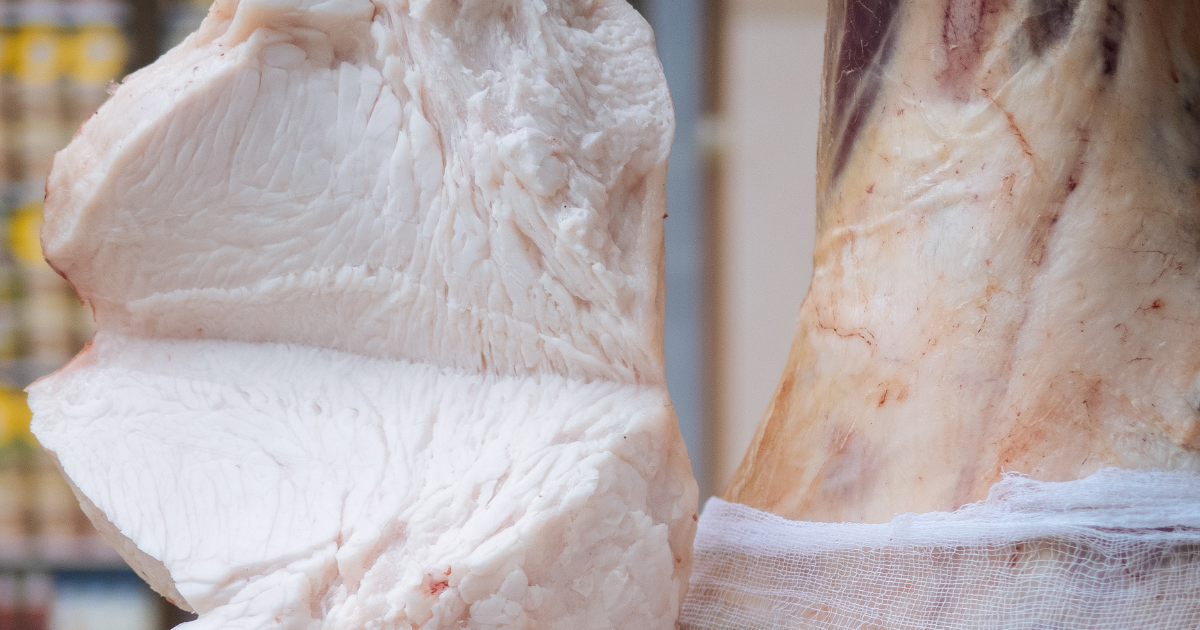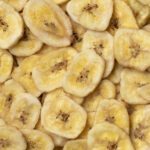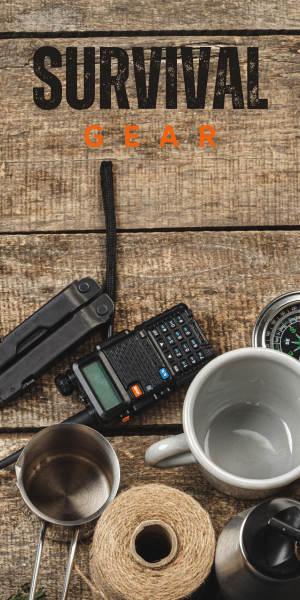Ever wondered what adds that rich flavor to traditional cooking? The answer often lies in a time-tested ingredient: beef tallow. Discover the traditional method of how to make beef tallow at home with our easy-to-follow guide.
This rendered beef fat isn’t just for old-fashioned recipes; it’s making a comeback in modern kitchens and beyond.
Understanding Beef Tallow
What is beef Tallow?
Simply put, beef tallow is rendered fat from beef, primarily sourced from around the kidneys and loins.
Historical and Modern Uses of Tallow
Historically, beef tallow was a kitchen staple, praised for its high smoke point and long shelf life. Nowadays, it’s gaining popularity not just in cooking but also in natural skincare and sustainable living practices.
Health Benefits and Nutritional Profile of Beef Tallow
Rich in vitamins A, D, E, K, and B12, tallow is more than just fat. It’s a powerhouse of nutrients and has been linked to improved skin health and balanced cholesterol levels.
Selecting the Right Beef tallow
Types of Beef Fat Suitable for Tallow
The best fat for tallow comes from grass-fed, organic beef. Look for suet – the hard fat around the loins and kidneys.
Where to Source Quality Beef Fat
Your local butcher or farmer’s market can be a gold mine for high-quality beef fat. Here’s an insightful guide on finding the best sources.
Step-by-Step Guide of how to make Beef fat
Preparing how to make tallow:
Start by finely chopping or grinding the fat. This increases the surface area, making the rendering process more efficient.
Cooking Process: Rendering the Fat :
Gently heat the fat in a large pot, allowing it to melt slowly. This low and slow approach is key to preventing burning. Stir occasionally to ensure even rendering.
Straining and Storing the Tallow :
Once the fat has melted, strain it through a cheesecloth to remove impurities. Allow it to cool and solidify. Store in a cool, dry place or refrigerate for longer shelf life. Check out this tutorial for a visual guide
Tips and Tricks for Perfect Beef fat
Common Mistakes to Avoid Avoid rushing the rendering process. High heat can burn the fat, impacting the quality and flavor of your tallow.
Enhancing the Flavor and Quality of Tallow For a purer flavor, consider a second rendering. This extra step can refine the tallow, making it ideal for both culinary and cosmetic uses.
Uses of Tallow in Cooking
Cooking with Beef Tallow: Recipes and Ideas :
Tallow elevates the taste of fried foods, adds richness to stews, and can even be used in baking. Its high smoke point makes it perfect for high-heat cooking.
Substitute for Other Fats in Recipes :
Tallow can replace butter or vegetable oils in many recipes, offering a unique flavor and texture. Here are some delicious recipes to get you started.
Non-Culinary Uses of Beef fat
Tallow in Cosmetics and Skincare Its moisturizing properties make beef tallow an excellent ingredient for homemade soaps, balms, and lotions.
Other Industrial Uses of Tallow Beyond the kitchen, tallow is used in candle making, as a lubricant, and in biofuel production.
Can beef tallow be used in vegetarian recipes?
While beef tallow is an animal product and not suitable for vegetarian diets, it can be a great alternative for those looking to switch from processed vegetable oils.
How long can homemade beef tallow be stored?
Properly rendered and stored, beef tallow can last for months in a cool, dark place or longer when refrigerated.
Is beef tallow suitable for high-heat cooking?
Yes, its high smoke point makes it ideal for frying and other high-heat cooking methods. Learn more about its uses in cooking in this informative video.
In the End :
With these insights, how to make beef fat can be a simple, rewarding experience. Whether for enhancing your cooking, exploring natural skincare, or diving into sustainable living practices, beef tallow offers a multitude of benefits waiting to be explored.














